Developing Groundwater Maps for Arid Regions of Kenya and Ethiopia
The Story
With funding provided by USAID, the U.S. Geological Survey (USGS) and its partners are combining geospatial data from remote sensing with traditional hydrogeological methods to map groundwater resources in two study areas in Kenya and Ethiopia. The primary goals of the project are to locate and quantify the groundwater aquifers in order to support sustainable management of the resource and generate higher success rate when drilling water supply wells, as well training local water resources agency staff and others on the methodology used to develop the maps. The training is designed to allow the agencies to subsequently develop the internal capacity to continue the groundwater mapping in other areas of their countries.
The initial phase of the project involved coordinating with the local water resource agencies in each country to determine the study areas. In Ethiopia, the Somali Region was selected and in Kenya, Marsabit County and the southern part of Turkana County were selected. These study areas are very arid, and water supply wells are often the only source of potable water. In both areas, the success rates for wells producing reliable supplies of water are about 30 percent. Using freely available remote sensing data, the USGS has developed groundwater potential maps in other study areas such as Darfur, Sudan, that have increased drilling success rates to 90 percent.
The mapping process is ongoing in both current study areas. Once completed, the maps will be downloaded onto handheld GPS units that will allow new wells to be accurately located in areas with the highest potential for sustainable water extraction. The USGS is also developing 3-D framework and conceptual models of aquifer systems in both study areas that will help local water resource agencies manage water supplies in a sustainable manner.
The USGS is partnering with the University of Northern Arizona for the project’s remote sensing tasks, and teaming up with New Mexico State University for developing an economic optimization model that will assist local water agencies with defining the ‘highest and best use’ of the available water supplies and managing those supplies based on local priorities. In Ethiopia, USGS is partnering with Addis University for the collection of field data and development of a training program for producing groundwater potential maps. In Kenya, USGS is partnering with the Regional Center for Mapping of Resources for Development and the Intergovernmental Authority on Development’s Climate Prediction and Applications Centre (ICPAC). The goal is to develop “train the trainer” programs with these two agencies that can then serve all of their member countries in East Africa, expanding capacity building efforts beyond Ethiopia and Kenya.
While we refer to this as a project, the mapping of groundwater is an ongoing process that uses hydrogeologic and water level data from well drilling and other geophysical investigations to continually refine the maps. Therefore, the training programs are designed to both produce the maps and develop procedures to collect and interpret hydrogeologic and geophysical data that can be used to update the maps. Training began in 2018 in the study areas in both countries, focusing on the use of field equipment to collect water levels in wells, monitor, water quality, and gather geophysical data. The USGS and ICPAC have also started trainings on remote sensing tasks, which are expected to continue into 2020. In Kenya, the training is being provided to the staff of the Ministry of Water and Environment, the Water Resource Authority, and the counties of Marsabit and Turkana. In Ethiopia, the training program is being provided to the staff of the Ministry of Water, Irrigation, and Electricity, and to professors and students from Addis University.
This strategy promotes the identification and development of safe, sustainable drinking water supplies. By measuring the water supply available, local water agencies have the information needed to wisely manage the resource in a sustainable manner using the tools of good governance. One promising “next step” could involve the development of groundwater models that could be used to test pumping strategies which, when coupled with the economic optimization model, would help inform management decisions on the sustainable use of groundwater resources. Looking forward, the USGS and USAID are hoping to identify other East African countries that want to develop similar groundwater potential mapping programs.
Find More
Strategic Objective(S)
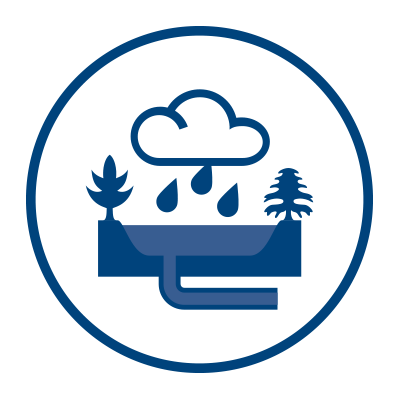 Water Resources Management
Water Resources Management
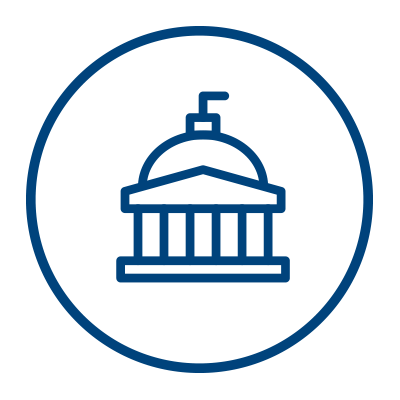 Governance and Financing
Governance and Financing
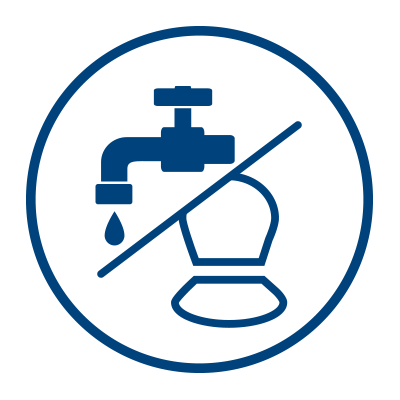 Access to Safe Drinking Water and Sanitation
Access to Safe Drinking Water and Sanitation


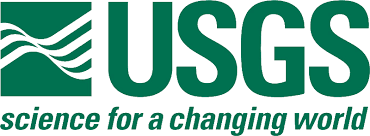
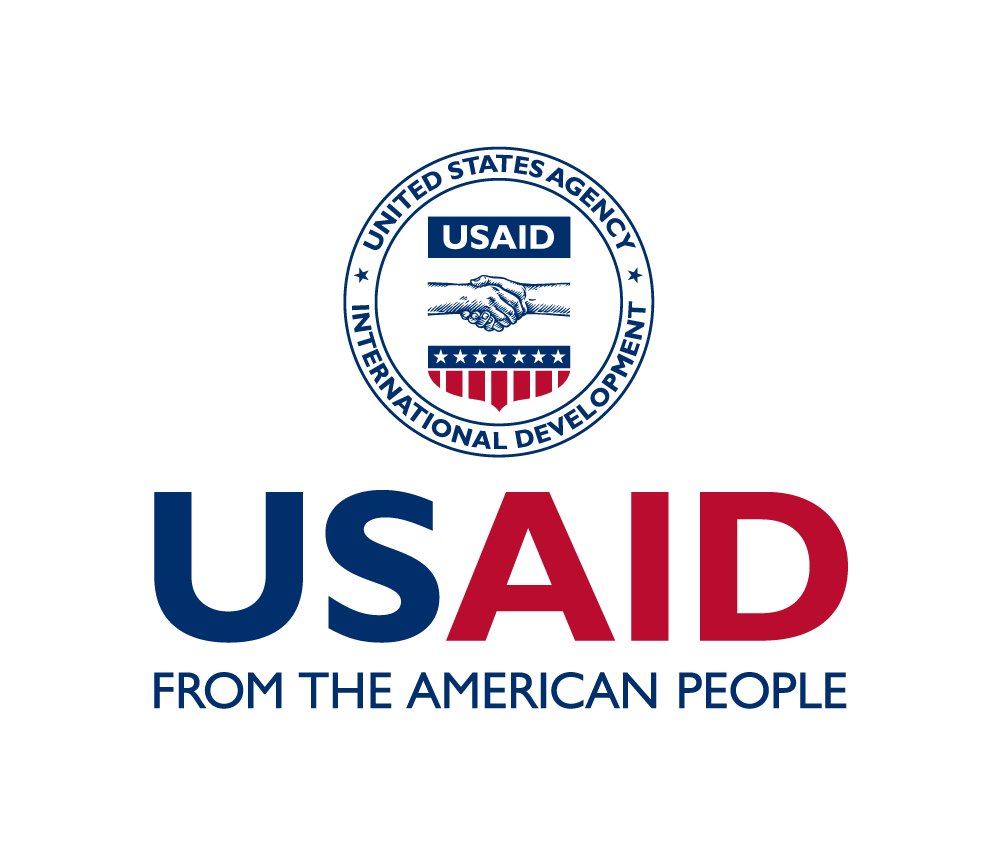
Highlight